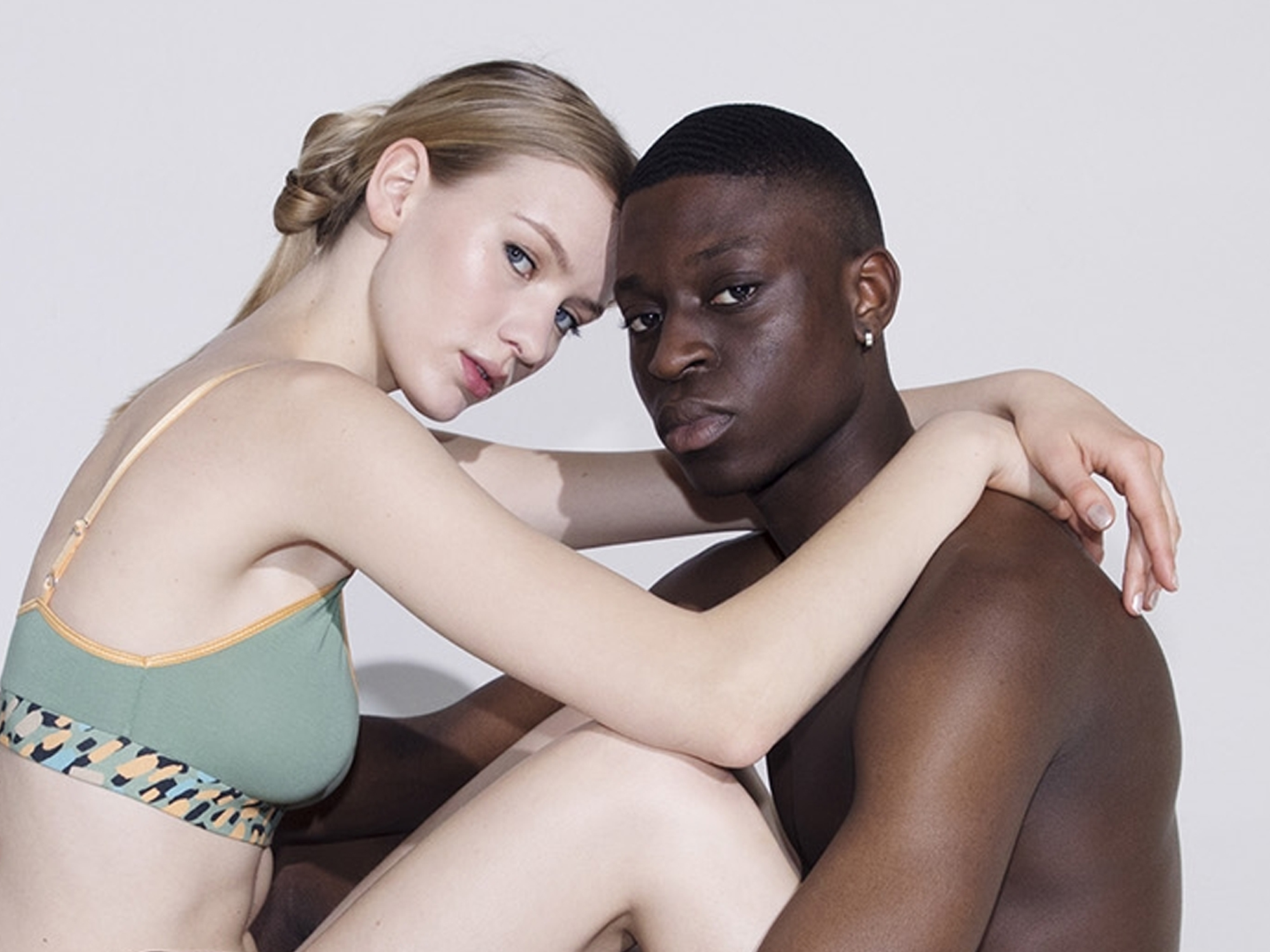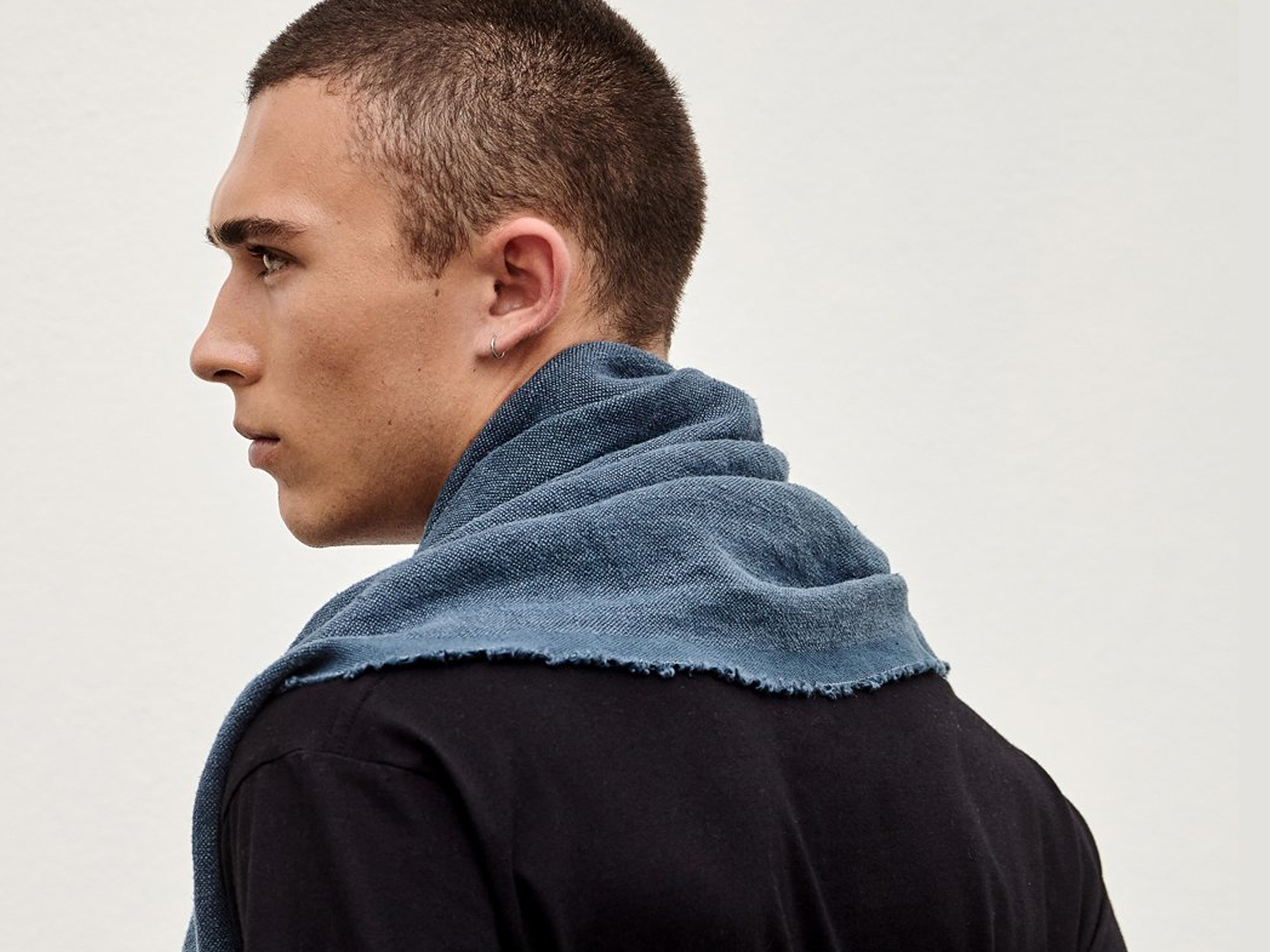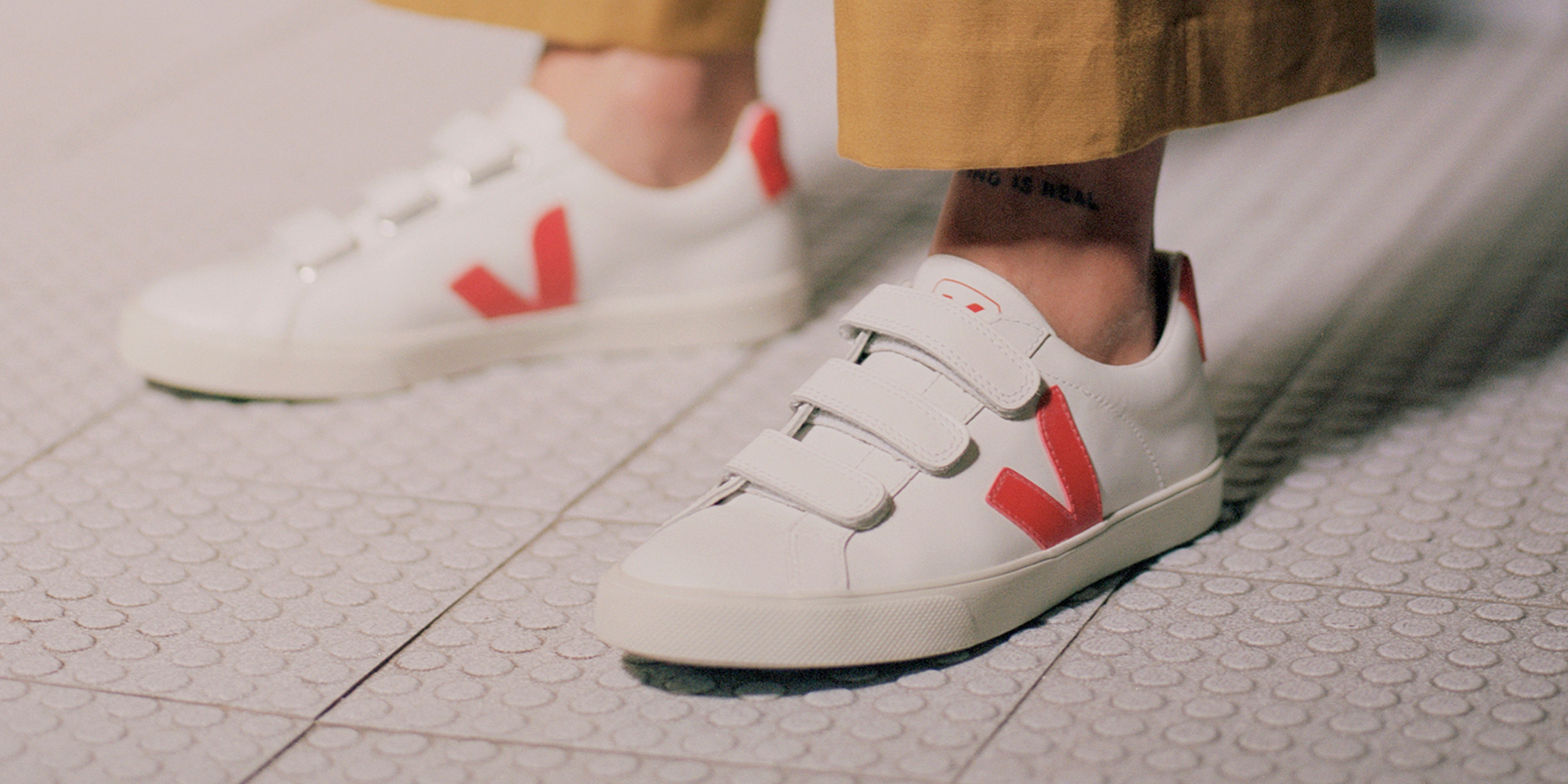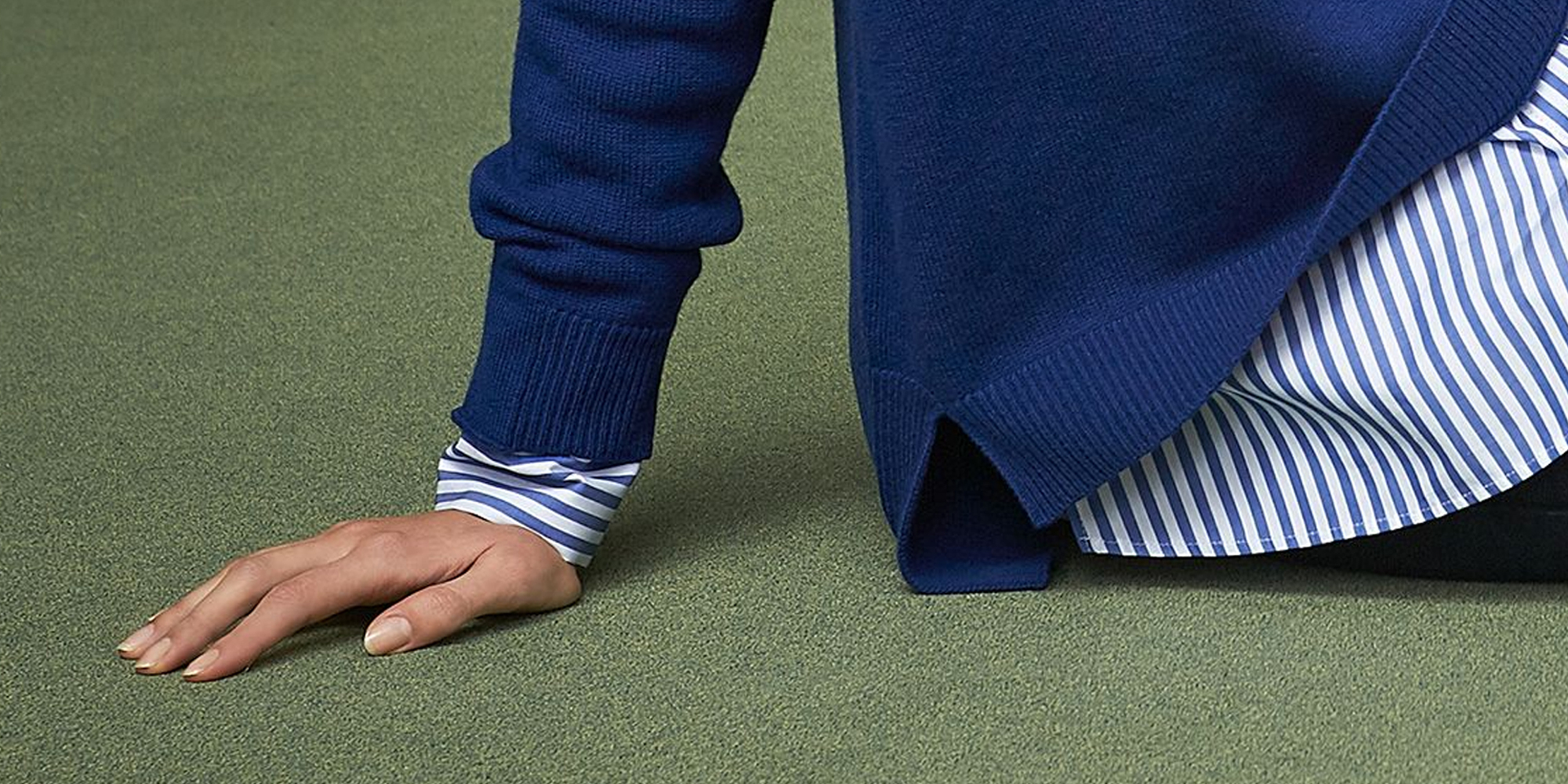Our editors curate highly rated brands that are first assessed by our rigorous ratings system. Buying through our links may earn us a commission—supporting the work we do. Learn more.
Trendy, affordable, and accessible. Cotton On may be popular, but is it doing right by people, the planet, and animals in production? Unfortunately, it’s not and we rate Cotton On “Not Good Enough”. This article is based on the Cotton On rating published in April 2024 and may not reflect claims the brand has made since then. Our ratings analysts are constantly rerating the thousands of brands you can check on our directory.
Cotton On is not doing enough for people, the planet, and animals
Australian brand Cotton On is known and loved worldwide for its fun and affordable clothing and accessories. The Cotton On Group includes brands such as Rubi Shoes, Factorie, and Supré. According to the Cotton On Manifesto, “the environments in which our products are made, the people who make them and the materials used are incredibly important to us, and form a critical part of our commitment to operate ethically.” But does this translate into real-world action? How is it doing for environmental impact, the treatment of its workers, and animal welfare? How ethical is Cotton On? Let’s take a look.
Environmental impact
Cotton On doesn’t publish sufficient relevant information about its environmental policies for us to know—and analyse—what’s really going on in its direct practices and supply chain. What’s more, we found no evidence it’s taking meaningful action to reduce water use or eliminate hazardous chemicals in manufacturing. As a shopper, you have the right to know how a brand’s production practices impact the environment.
And as a fast fashion brand, Cotton On perpetuates the cycle of overconsumption and extensive waste with its fleeting trends and collections. The brand produces huge quantities of garments that are made cheaply, often using unsustainable materials including conventional cotton, viscose, and polyester. Manufacturing these materials consumes vast amounts of energy and water, not to mention using hazardous chemicals, which are detrimental to garment workers and the surrounding air, soil, waterways, and communities. Such chemicals have also been found to affect those who wear the clothes.
Cotton On does have a “charity gift” page where a handful of tote bags are available to buy with a promise that the brand will donate the profits to charity. Shoppers can also donate money to a tree-planting program on the website. But asking consumers to fund environmental or philanthropy programs is not a substitute for a business taking genuine action to reduce its impact.
For all these reasons, Cotton On’s planet rating has remained “Not Good Enough” in our recent rating review.
Labour conditions
Here again, Cotton On’s rating remains the same at “Not Good Enough” for workers. Little of its supply chain is certified by crucial labour standards that help ensure worker health and safety, living wages, and other rights, and it’s not as transparent as it should be, having received a score of 21-30% in the 2023 Fashion Transparency Index.
There’s also no evidence that Cotton On implements practices to support diversity and inclusion in its direct operations or supply chain. And while it claims to have a program to improve wages we couldn’t find any evidence that it actually ensures its workers are paid living wages in most of its supply chain. Workers deserve to be paid and treated fairly.
Animal welfare
Since we last rated Cotton On, it has implemented a formal animal welfare policy aligned with Five Freedoms. And while that does signify progress, it doesn’t go far enough—especially because we couldn’t find evidence to suggest it has mechanisms to implement the policy. What’s more, Cotton On still isn’t tracing any animal product to the first stage of production. So the brand still rates “Not Good Enough” for animals.
And while the brand does not use fur, angora, down, exotic animal skin and hair, it still uses leather and wool. This is problematic because when the welfare of leather workers and animals is unknown, it can’t be guaranteed.
Overall rating: ‘Not Good Enough’
So, how ethical is Cotton On? Cotton On is still rated “Not Good Enough” based on information from our research and analysis. Despite its declarations of sustainability and ethical practice, Cotton On still has a long way to go in evidencing its actions and backing up its claims.
Those cheap price tags can be tempting, but it’s important to remember that there’s a reason why they’re so cheap in the first place. Investing in a few well made pieces that will last a lifetime—or better yet, buying second-hand—are much better alternatives for the environment and your bank account.
Note that Good On You ratings consider hundreds of issues, and it is not possible to list every relevant issue in a summary of the brand’s performance. For more information, see our How We Rate page and our FAQs.
Here are a few of our top-rated alternatives to Cotton On. They’re implementing more ethical and sustainable practices at the same time as making beautiful, timeless clothes.
Good swaps
“Good” and “Great” alternatives to Cotton On.




























